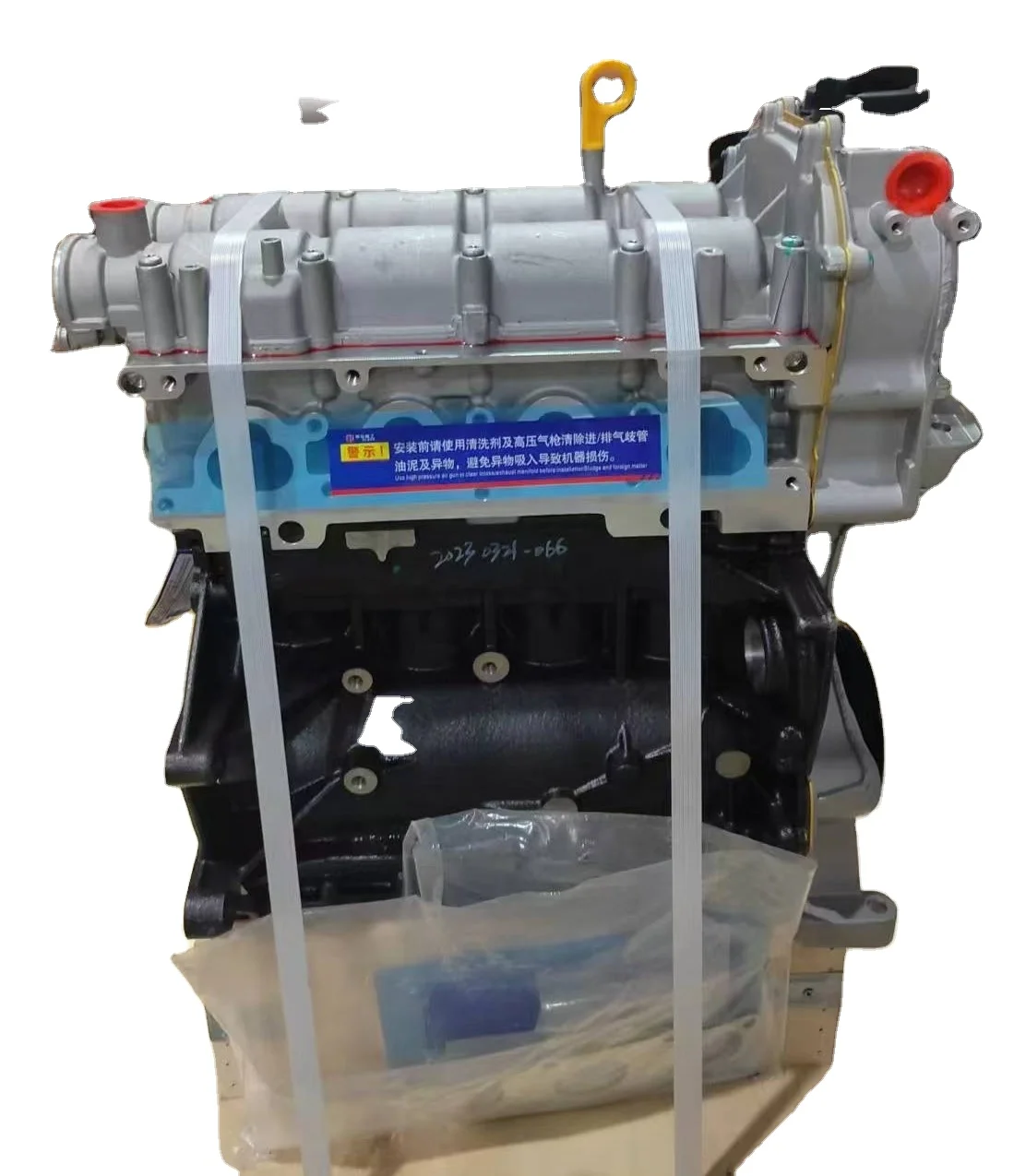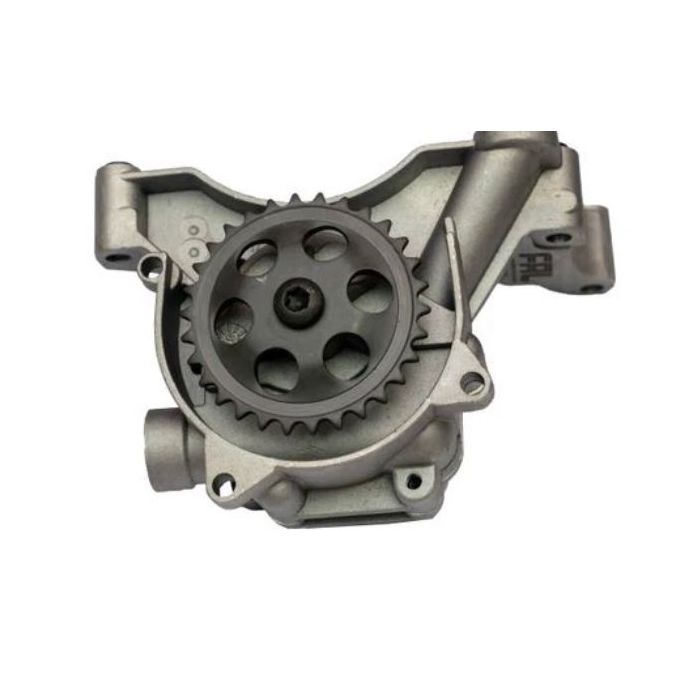Achieve long-term reliability with the right clp engine.
Achieve long-term reliability with the right clp engine.
Blog Article
Just How a Clp Engine Can Enhance Effectiveness in Various Industries
The arrival of CLP engines marks a significant shift in operational efficiency throughout various fields, driven by their capability to optimize gas usage and reduce downtime. Industries such as manufacturing and logistics stand to get substantially from their robust design and regular power output, which guarantee to improve operations and boost productivity. As companies increasingly prioritize sustainability along with effectiveness, the role of CLP engines ends up being a lot more important. What stays to be seen is how these improvements will certainly form the future landscape of industrial procedures and their effect on wider financial trends (clp engine).
Review of CLP Engines
CLP engines, or Continual Fluid Propellant engines, stand for a considerable development in propulsion technology, particularly for area applications. These engines make use of a continual feed system that enables the continual expulsion of propellant, causing enhanced performance and efficiency contrasted to traditional strong or hybrid propulsion systems. By maintaining a constant flow of liquid propellant, CLP engines can accomplish extra specific drive control, which is crucial for steering spacecraft in numerous goal circumstances.
The style of CLP engines incorporates sophisticated products and ingenious fuel management systems. clp engine. This causes reduced weight and increased integrity, important aspects for long-duration room objectives. Additionally, the constant operation lessens the danger of burning instability, an usual challenge in traditional rocket engines.

Advantages in Production
The manufacturing of Continuous Fluid Propellant (CLP) engines presents a number of remarkable benefits that boost both efficiency and cost-effectiveness. Among the main benefits is the streamlined manufacturing procedure, which lowers the complexity related to conventional propulsion systems. By making use of fluid propellant, producers can achieve higher precision in engine performance, resulting in optimized power outcome and lowered waste.
Additionally, CLP engines promote a greater level of modularity, permitting for easier integration right into numerous production lines. This flexibility can considerably decrease preparations and improve overall operational flexibility. Using CLP innovation additionally has a tendency to decrease the demand for substantial maintenance because of less relocating components, which equates right into minimized downtime and functional prices.

Applications in Logistics
Leveraging Constant Liquid Propellant (CLP) engines in logistics provides significant benefits in functional efficiency and dependability. These engines give a robust option for different transportation needs, making it possible for the seamless movement of goods throughout huge distances. The integral style of CLP engines permits regular power this contact form output, which converts into smoother and a lot more predictable transport timetables.
One of the crucial applications of CLP engines in logistics remains in durable products transportation, where they can drive both ground and aerial automobiles. Their capacity to maintain high performance under varying lots problems guarantees that distribution timelines are met, therefore enhancing consumer complete satisfaction. In addition, CLP engines can be integrated right into automated logistics systems, assisting in real-time monitoring and optimizing path preparation.
Moreover, the longevity of CLP engines lowers maintenance downtime, permitting logistics business to optimize their functional capacities. This is specifically advantageous in warehousing operations, where performance in dealing with and transferring goods is essential. As logistics continues to advance, the integration of CLP engines represents a forward-thinking approach that not only boosts performance yet additionally sustains the sector's growing needs for integrity and speed.
Influence on Energy Efficiency
How do Constant Liquid Propellant (CLP) engines enhance power effectiveness in transportation? CLP engines make use of a constant flow of fluid gas, optimizing burning procedures and preserving a steady drive output. This layout decreases energy losses connected with conventional burning engines, where fuel distribution can vary and lead to inefficiencies.
The constant procedure of CLP engines enables an extra efficient thermal cycle, causing greater particular impulse compared to conventional engines. clp engine. This equates to minimized fuel consumption for the very same amount of work done, substantially lowering functional expenses across numerous transportation sectors, including aviation and maritime markets
Moreover, the ability of CLP engines to preserve optimum efficiency under differing tons problems minimizes the requirement for constant acceleration and deceleration, better boosting gas efficiency. Improved energy performance not just adds to set you back financial savings yet additionally causes reduce greenhouse gas exhausts, straightening with global sustainability objectives.
Future Trends and Innovations
Arising advancements in Continuous Liquid Propellant (CLP) engine innovation promise to transform the landscape of transportation effectiveness and sustainability. As sectors pivot toward greener choices, CLP engines stand at the forefront, incorporating innovative materials and layout techniques that boost performance while minimizing environmental effect.
Among one of the most appealing trends is the adoption of hybrid systems that integrate CLP engines with renewable resource resources. This harmony can optimize fuel intake and reduce emissions, aligning with international sustainability objectives. Developments in computational liquid characteristics (CFD) are assisting in the design of more aerodynamically efficient engines, leading to reduced drag and enhanced fuel performance.
Additionally, the advancement of smart monitoring systems is established to boost operational performances. These systems utilize information analytics and IoT innovation to optimize engine performance in real-time, making certain that the engines operate within their most reliable specifications.
As study continues to explore alternative propellant formulations-- such as biofuels and synthetic fuels-- the future of CLP engines looks appealing. By utilizing these technologies, internet sectors can not only enhance their efficiency yet likewise add dramatically to a cleaner, extra sustainable future in transport.
Conclusion
In final thought, CLP engines represent a best site significant innovation in performance across multiple industries. Their ability to maximize fuel consumption and lower operational expenses, integrated with a continuous feed system, enhances power outcome and functional reliability. The assimilation of advanced products and less moving parts reduces upkeep demands, while alignment with sustainability objectives settings CLP engines as a pivotal innovation for the future. Proceeded technology in this area promises more renovations in efficiency and environmental efficiency.
Report this page